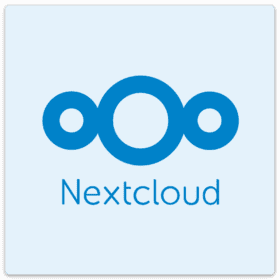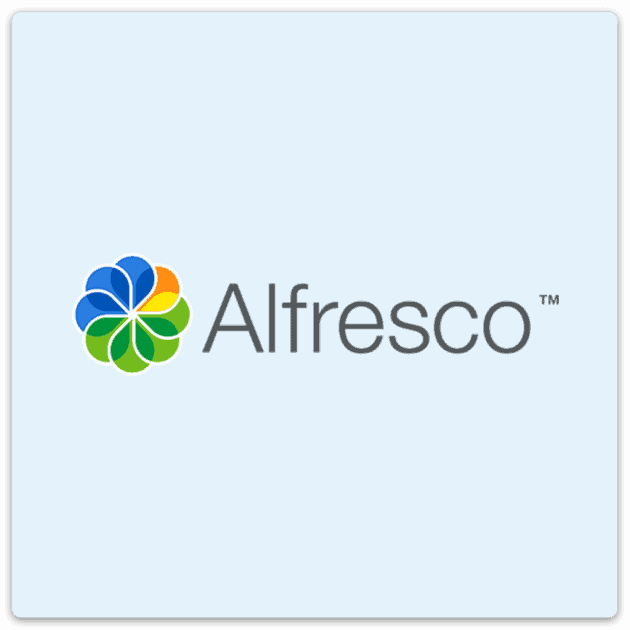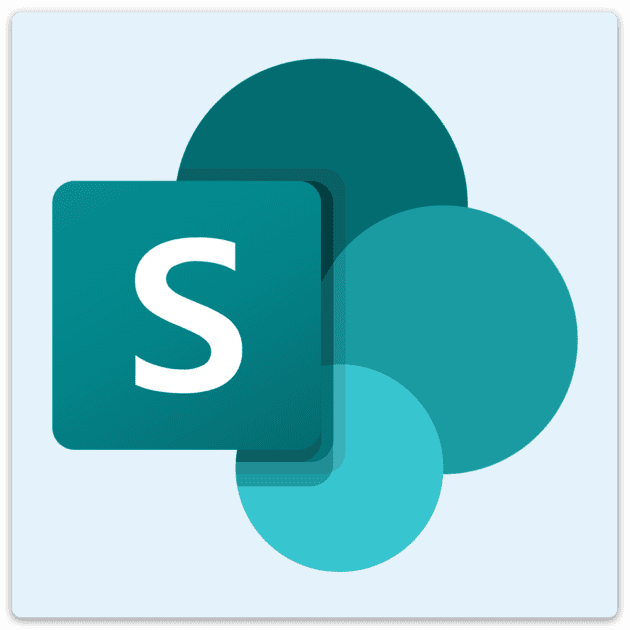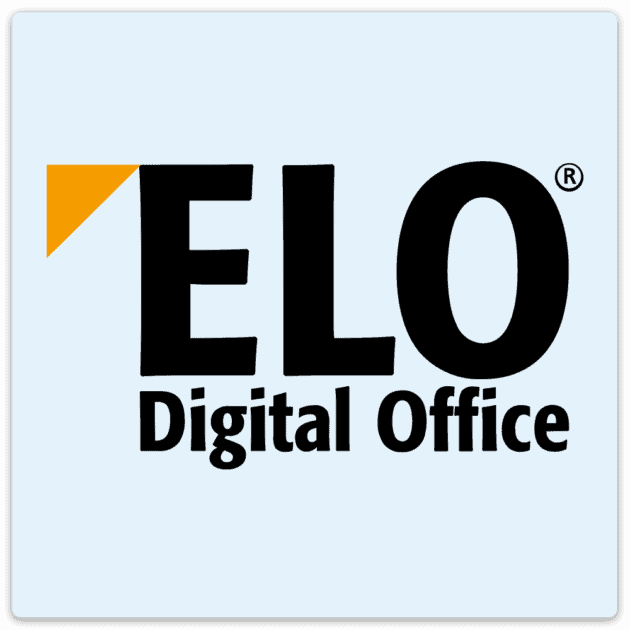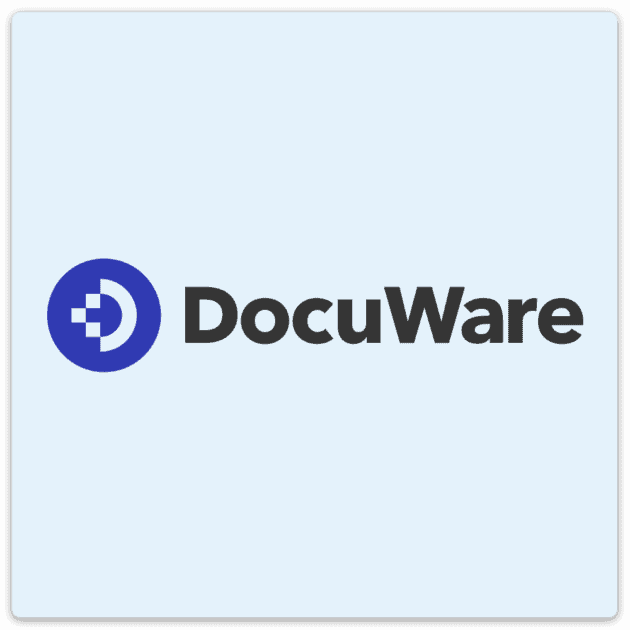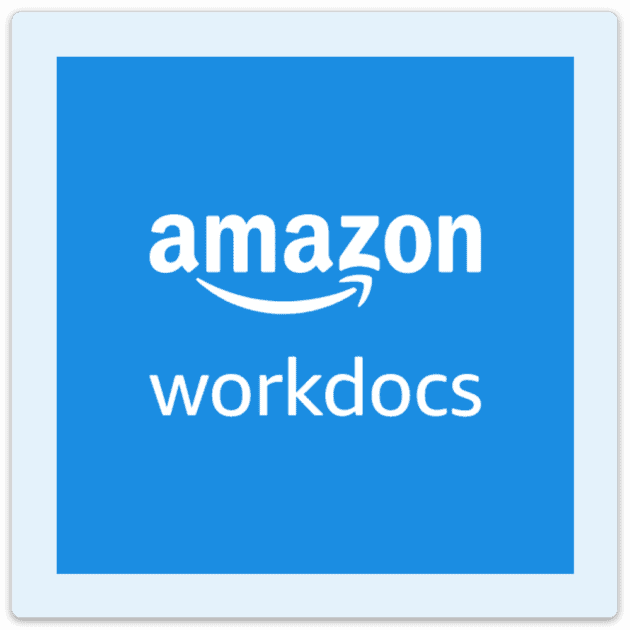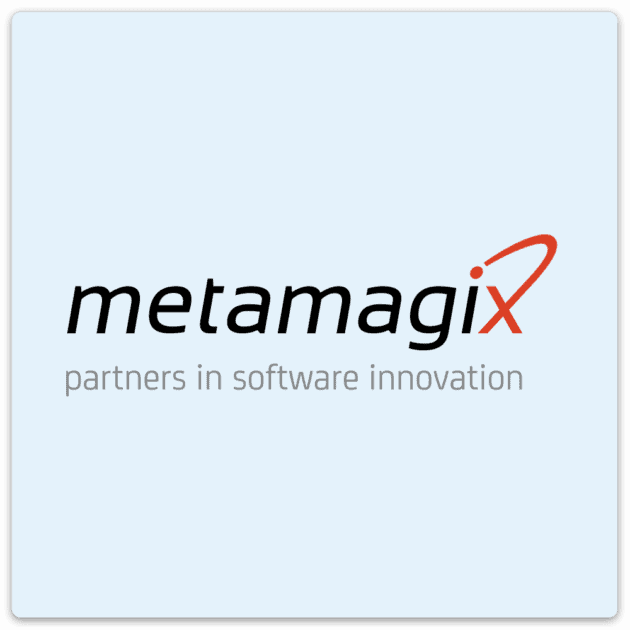In some cases, developers of document management systems (DMS) specialise in the real estate sector by mapping typical business processes and data structures in the software. As a rule, however, property management companies use standard solutions that can be found in other business sectors. At the end of the day, what matters is the openness for linking with other systems.
Here is a quick overview of common DMS and solutions that we know well and use ourselves:
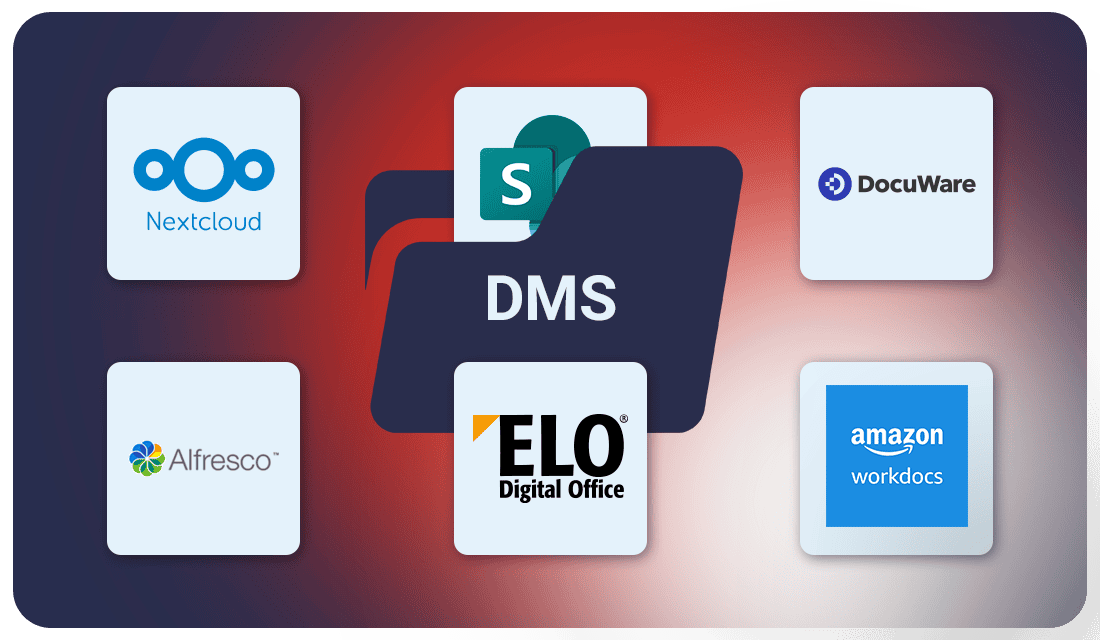
NextCloud is a user-friendly and easily customisable collaboration tool. It does not meet every special requirement, but covers the most important document management functions in the cloud service’s office suite environment. NextCloud is compatible with other applications, allowing companies to manage their data securely even with their own business and industry-specific legal requirements. In terms of security, the cloud platform differs from many comparable DMS providers: with login monitoring with machine analyses, automatic blocking in the event of brute force attacks, watermarks and file access controls, end-to-end encryption (with a system-wide recovery key for admins if users forget their password) and a variety of release mechanisms. Accessibility modules for fonts, contrasts and support for keyboard-driven operation and screen reader devices is a finishing touch.
The open-source software Alfresco, on the other hand, provides a wider range of functions for document management and is particularly exciting for development departments that want to set up or customise individual business processes and applications. Alfresco offers a flexible and open platform that can work with various programming languages, frameworks and standards. Alfresco also supports collaboration in teams, integration with other systems such as email or ERP and the use of cloud services. NextCloud and Alfresco are perfectly suitable for creating processes and structures on a greenfield. However, both applications are weak on the reporting and controlling side, which is essential for real estate companies in particular.
SharePoint from Microsoft 365 likewise supports collaboration in project teams and departments with dynamic, customised websites. The strength of the solution clearly lies in its integration into Microsoft’s Office application world, but its versatility means that it lacks the focus offered by dedicated DMS solutions. SharePoint is a platform with a broad set of functionalities for the exchange and sharing of content and documents internally in company networks as well as for web-based communication and provision of content outwards. Specialised process management for archiving or document workflows may require additional applications that dock onto SharePoint. The bottom line is that Microsoft fulfils the basic tasks of a document and content management system and offers low-threshold access to efficient document management, especially for users in the M365 universe.
As a member of the software provider’s business software family, the ELO ECM Suite is not only a versatile solution for content management with document management functions, workflow automation that can be customised to suit individual requirements, revision-proof archiving with clear filing structures and collaboration tools. Its user-friendliness, and scalability characterise it – with use in small companies up to corporate groups – and the possibility of integration with other applications such as SAP, CRM tools and e-mail – in particular Microsoft 365. The highlight of ELO is the automatic classification of documents that allows user to find content in no time. In addition to that, a mobile extension of the suite offers enough functions to process documents on the move, including an approval workflow.
DocuWare, on the other hand, is particularly suitable for small and medium-sized companies – with typical DMS functions such as the automatic capture, indexing and archiving of documents, the versioning and history of changes, the search and recovery of documents, adherence to compliance requirements and integration with other applications from the ERP or CRM world. The solution is available both in the cloud and as an on-premises installation and can be customised relatively freely to meet specific requirements. It is easy to use and supports team collaboration and communication by offering location-independent functions such as comments, notifications and approvals.
The cloud giant Amazon Web Services also offers its own DMS: Amazon WorkDocs offers document creation and collaboration in the cloud. Thanks to centralised storage on the AWS infrastructure, access is possible from anywhere and from any device – with one click from Windows Explorer or via the WorkDocs Drive desktop application. A relatively comprehensive API can be used to develop customised document processes linked to third-party applications. For instance, a dedicated approval workflow supports sharing, forwarding to one or more users and approvals in hierarchical structures – each adapted to the company’s organisation. Authorised users can be added relatively easily, for example using IP approval lists to activate a user base via IP addresses. With the integration into other web services such as Amazon WorkSpaces, workspaces are created and used in the cloud for collaborative work on documents.
Openness That Scores Points
One argument in favor of using a DMS is sometimes the shared use of the solution by partners such as property management companies, estate agents or construction and trade companies. A central folder for a property can then contain all documents for the various user groups. They only have access to the parts that are relevant to them. In the past, documents had to be sent individually, but now only one central filing system is required, including automatic notifications to users. Another advantage is that the data remains securely stored in its own operating environment, and the “host” can now also specify the structure and format of the content.
With its ICRS core solution and the various modules, metamagix covers the needs of modern, digitalised asset and portfolio management for real estate management. The central task of the platform is the evaluation of data, analyses and reporting in order to provide an overview and transparency of buildings and facilities. In addition, ICRS docks into communication with property management companies and efficiently collects the required data material in a single location via technical interfaces. Above all, this replaces the current manual transfer of data from one system to another. By digitising and automating these processes, real estate management specialists can focus on higher-value tasks. The platform can also be used to automatically create so-called “events” – for example, a monthly report that is automatically generated and sent to an email distribution list.
The metamagix team already has a lot of experience with workflow tools such as N8N, which can be used to link processes to project management platforms across cloud environments. ICRS itself has numerous reporting functions, and integration with common business intelligence products and visualisation tools – such as Qlik Sense or Microsoft Power BI – is also guaranteed.
As a general recommendation: as soon as more than one person enters and maintains data, a professional document management solution is worthwhile. The right time for this may also be when the effort required to find content and allocate information to the right places has noticeably increased.
